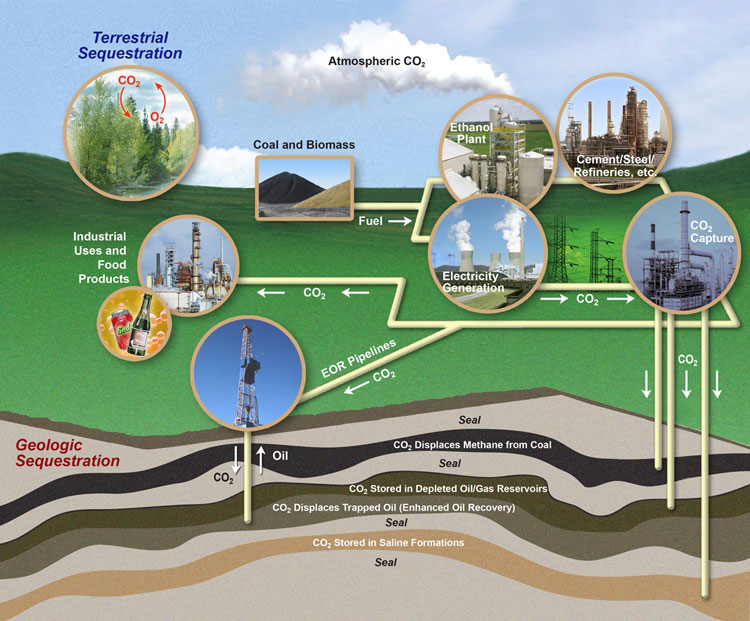

Wood Environmental & Infrastructure Solutions (Blue Bell, PA) will complete an engineering design study for CO2 capture for the commercially-operated Shell Chemicals Complex in Deer Park, Texas, that will reduce its CO2 emissions by 95% using a post-combustion technology to capture CO2 from several plants, including an on-site natural gas combined heat and power plant.Genevieve Cement Plant in Bloomsdale, Missouri, using CO2 capture technology with the ability to achieve 95% capture from flue gas. University of Illinois at Urbana-Champaign (UIUC) (Champaign, IL) will implement an engineering design study for retrofitting an existing cement manufacturing facility, Holcim’s Ste.This project will be housed at Nucor Steel Gallatin Plant, in Ghent, Kentucky.


University of Kentucky Research Foundation (Lexington, KY) will test an innovative CO2 capture system with four new transformative techniques, treating evolved gas from an electric arc furnace.This project will be housed at the Eagle Materials/Central Plains Cement Sugar Creek Plant in Sugar Creek, Missouri. (Orem, UT) will design, build and operate a carbon capture process that will scale the system capacity to 30 tonnes of CO2 per day for the first time and demonstrate CO2 capture of more than 95% from the flue gas stream. DOE’s National Energy Technology Laboratory (NETL) will manage the selected projects: These 12 projects were selected by DOE’s Office of Fossil Energy and Carbon Management (FECM) and fit under three areas of interest: (1) carbon capture research and development, (2) engineering-scale testing of carbon capture technologies and (3) engineering design studies for carbon capture systems. This DOE investment puts the nation one step closer to responsible demonstration and commercialization of this technology, leading to large dollar investments in communities surrounding these facilities. Once deployed at a commercial scale, carbon capture can help create jobs in economically distressed power plant and industrial communities. Point-source carbon capture seeks to stop carbon dioxide emissions from entering the atmosphere by filtering out CO2 and other harmful gases from a power plant or industrial facility. “What’s truly exciting about these projects is that not only do they put us on a path to decarbonize existing infrastructure, but they also pave the way for good-paying, union jobs-in the communities that have been impacted the most from our dependence on fossil fuels.” “In order to dramatically reduce carbon pollution in our fight against climate change, we must deploy all of the tools at our disposal, including the innovative technologies that capture CO2 emissions before they reach the atmosphere,” said Secretary of Energy Jennifer M. These research and development, front-end engineering design and engineering-scale projects are a part of DOE’s efforts to deploy a portfolio of innovative solutions to help achieve the Biden-Harris Administration’s goals of net-zero carbon emissions by 2050 and a 100% clean electricity sector by 2035. Department of Energy (DOE) today announced $45 million in funding for 12 projects to advance point-source carbon capture and storage technologies that can capture at least 95% of carbon dioxide (CO2) emissions generated from natural gas power and industrial facilities that produce commodities like cement and steel.


 0 kommentar(er)
0 kommentar(er)
